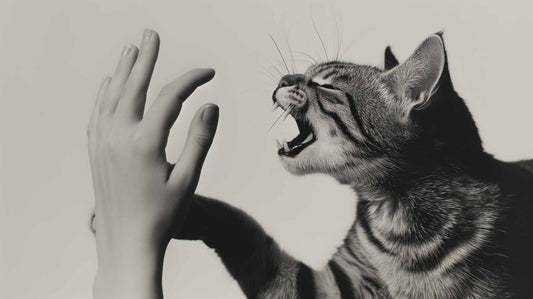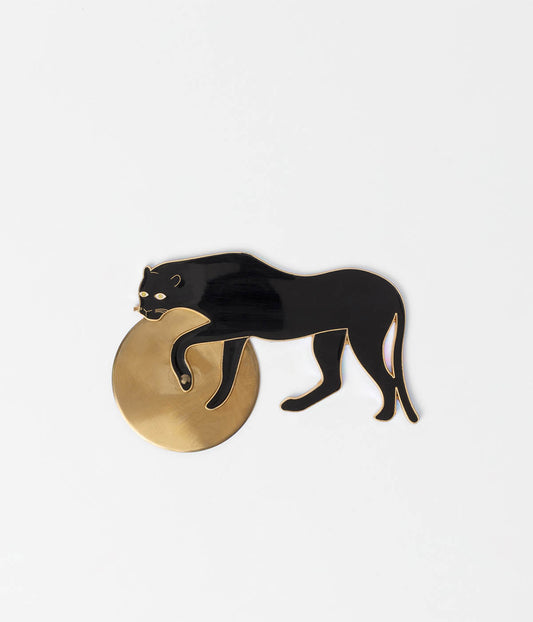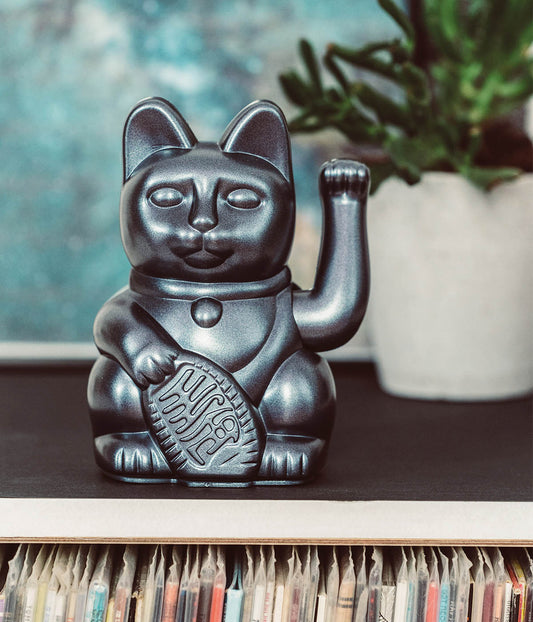
How to Recognise Cat Body Language
Marie DuchessHave you ever wondered what your cat is trying to tell you? Cats have a unique way of communicating their feelings and intentions through their body language. By understanding their signals, you can better understand and connect with your feline friend. In this blog post, we will explore the different ways cats communicate through their body language and how you can recognize and interpret these signals.
What does it mean when a cat purrs?
One of the most common and well-known cat behaviors is purring. When a cat purrs, it usually indicates that they are content and relaxed. However, cats can also purr when they are anxious or in pain. To determine the meaning behind your cat's purring, pay attention to their overall body language and the context of the situation.
What does it mean when a cat's tail is upright?
A cat's tail position can provide valuable insights into their mood. When a cat holds their tail upright with a slight curve at the end, it typically means they are feeling friendly and approachable. On the other hand, a tail held low or tucked between the legs indicates fear or submission. If you encounter a cat with an upright, puffed-up tail, it is a sign of aggression or agitation.
How can you tell if a cat is relaxed or anxious?
When a cat is relaxed, their body will appear loose and at ease. Their ears will be in a neutral position, and their eyes will be half-closed. On the other hand, an anxious cat will have tense muscles, dilated pupils, and their ears may be flattened against their head. They may also exhibit behaviors such as excessive grooming or hiding. If you notice these signs, it's best to give your cat some space and allow them to calm down.
What does it mean when a cat exposes their belly?
Contrary to popular belief, a cat exposing their belly does not always mean they want a belly rub. In most cases, when a cat shows their belly, it is a sign of trust and vulnerability. They are indicating that they feel safe and comfortable in their environment. However, it's important to approach with caution as some cats may become defensive if their belly is touched.
How can you tell if a cat is feeling threatened?
When a cat feels threatened or scared, they may exhibit defensive behaviors. These include hissing, growling, or arching their back to appear larger. Their ears will be flattened against their head, and their tail may be puffed up. If you encounter a cat displaying these signs, it's best to give them space and avoid any sudden movements.
Understanding cat body language is key to building a strong bond with your feline companion. By paying attention to their tail, ears, eyes, and overall body posture, you can decipher their emotions and respond accordingly. Remember, each cat is unique, so it's essential to observe their individual behaviors and patterns. With time and practice, you'll become fluent in the language of cats!













